The Australian motoring landscape changed forever in 1960 when Ford launched the first Falcon. Before the Falcon hit the road the local market was dominated by Holden, which was outselling Ford by a factor of three to one, in 1959, but all of a sudden the homegrown hero had a rival and Aussie motorists had a choice.
It would be some years before the Falcon would truly rival the Holden for sales supremacy, and it would go through some testing times, but the compact XK Falcon was a landmark car in every sense of the term.
It brought contemporary car technology and styling to the local market when Holden was still built on technology from the 1940s, and offered better performance and comfort than the local favourite.
MODEL WATCH
The decision to introduce the Falcon to the Australian market was something of a last-minute affair decided on the run during a visit to Detroit by local Ford management.
Ford was working on releasing a facelifted Zephyr, a six-cylinder sedan that was the company’s front line weapon against the Holden, but at the last moment it was decided to release the Falcon, a new compact six-cylinder sedan that was being developed by the Americans for the North American markets.
In comparison to the rather stodgy British Zephyr the Falcon was right up to date with American styling and technology. It was lower, wider and sleeker than anything seen before in Australia, and put Holden under immense pressure to lift its game.
Holden’s dominance of the local market was so great it had been able to sit back and rely on the same platform that in effect dated back to he very first model in the late 1940s.
The shape had changed over the years since that first Holden of 1948, but under the skin, which by the end of the ’50s had fins and a wraparound windshield, the mechanical package wasn’t much different to that of the 48-215.
The Holden dated very quickly when the XK Falcon arrived with its modern styling and more powerful engine. It helped that it was also lighter and lower, which helped both its performance and its looks.
The XK Falcon was a conventional car of the sort coming from Detroit at the time; there was nothing revolutionary about it. The body was of a unitary construction; the engine was at the front, driving the rear wheels through either a three-speed manual gearbox or an auto transmission, something Holden wouldn’t offer until 1961.
The Falcon was some 90 kg lighter than its Holden rival, it sat 120 mm lower, and with its 144 cubic inch (2.36-litre) overhead valve six-cylinder engine producing its full 90 horsepower (67 kW) would reach 140 km/h, some 10 km/h more than the Holden could manage.
Ford also offered the option of a larger 170 cubic inch (2.78-litre) engine that produced 75 kW and 212 Nm. The power race was about to get underway.
It seemed to have everything going for it, but fortunately for Holden it came a cropper soon after it hit the roads.
Ford had trumpeted the claim that it had developed the Falcon for Australian conditions, but in reality had done no such thing.
It had been developed for North America, and with the decision to switch from the Zephyr to the Falcon being taken so late there was no time to do any local development.
When the front end sagged and ball joints began to break the first Falcon was soon tagged a lemon and Holden had a free run for a few more years.
Apart from the suspension issues the Falcon was pretty robust and reliable, and while Ford reacted quite quickly to fix the problems it was too late.
In desperation to prove to the Australian public that the Falcon was tough enough for the local roads Ford ran an endurance event at its proving ground in 1965 when it employed a team of racing drivers to drive a fleet of XP Falcons for 70,000 miles (112,000 km) at 70 mph (112 km/h) to once and for all establish its credentials.
It worked and the Falcon at last began to register on the minds of Australian car buyers. Four years after its launch the Falcon had finally arrived.
IN THE SHOP
Like all cars of the era the Falcon’s greatest enemy is the dreaded tinworm.
Check doors, floors, front guards, rear quarters and doglegs, and the boot floor. If felt necessary lift the floor coverings, inside and in the boot and look underneath.
Rust can be fixed, but it’s expensive, and likely to cost much more than the finished car is worth.
When inspecting a car with the idea of restoring it check the stainless steel body mouldings, as they’re very hard to find in good condition if you need to replace them. Original mouldings are worth their weight in gold.
Same with wheel trims, which are often dented and damaged by thumping into gutters when the car is being parked. Like the mouldings they are very hard to replace.
Mechanically the Falcon is straightforward and easy to restore by the hobby mechanic.
IN A CRASH
Look to good old fashioned Aussie steel for protection in a crash, there was no such thing as an airbag in the XK, and brakes were humble drums without the help of ABS.
It didn’t have seat belts either, but these would have been fitted later in life when they became mandatory. Check any belts that are fitted for wear and damage and consider replacing them.
Don’t crash is the best advice for XK owners.
AT THE PUMP
The Falcon was considered quite economical for its time when what was coming from the tailpipes of our cars wasn’t yet of concern. In today’s terms the XK Falcon would do around 12.2 L/100 km.
LOOK FOR
• Classic 1950s Detroit styling
• Simple sturdy construction
• Easy to restore for the home mechanic
• Rust in the body
• Unblemished stainless mouldings
THE BOTTOM LINE
• An affordable and under appreciated Aussie classic that could be driven daily.
CLASSIC RATING
• 75/100
Ford Falcon 1960:
| Engine Type | Inline 6, 2.4L |
|---|---|
| Fuel Type | Leaded Petrol |
| Fuel Efficiency | 0.0L/100km (combined) |
| Seating | 0 |
Range and Specs
| Vehicle | Specs | Price* |
|---|---|---|
| Base | 2.4L, Leaded Petrol, 3 SPEED MANUAL | $1,930 - $4,070 |
| Deluxe | 2.4L, Leaded Petrol, 3 SPEED MANUAL | $2,090 - $4,070 |
| Futura | 2.8L, Leaded Petrol, 3 SPEED MANUAL | $2,090 - $3,300 |
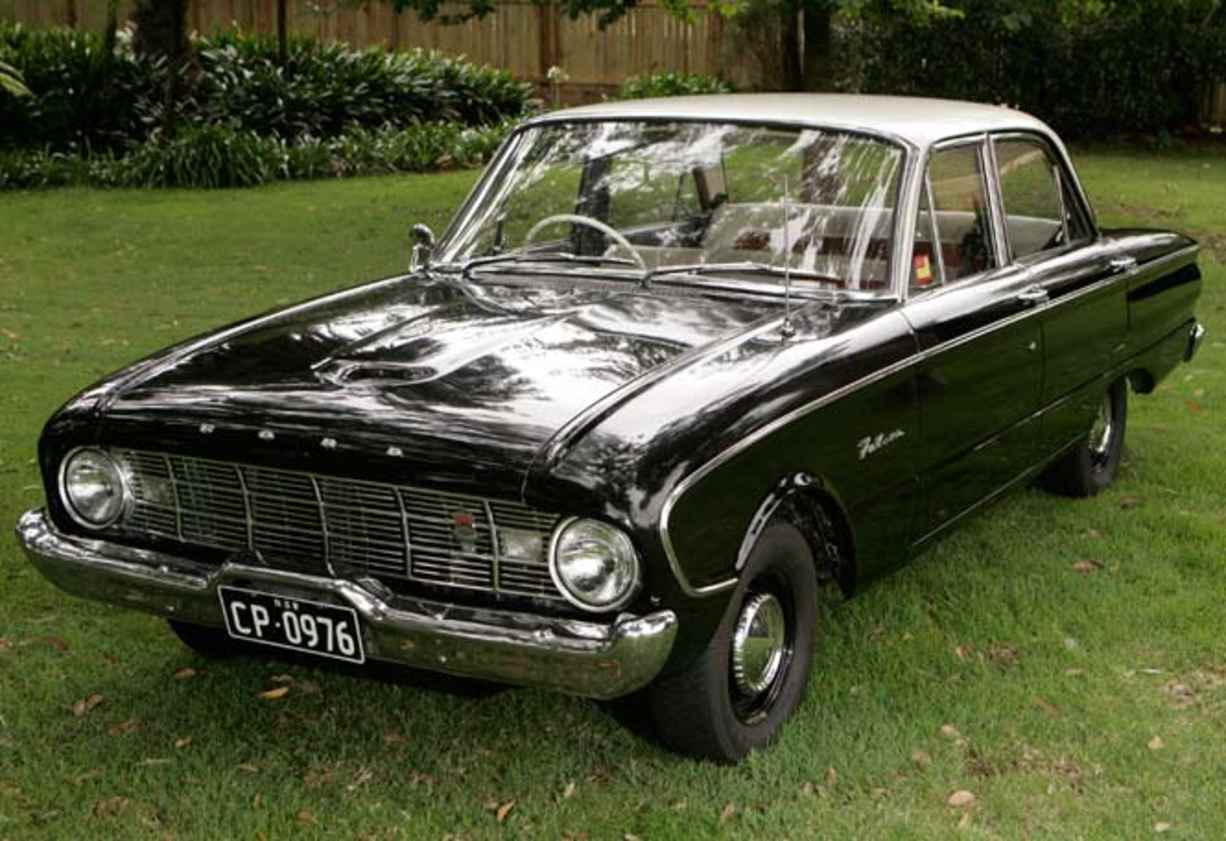
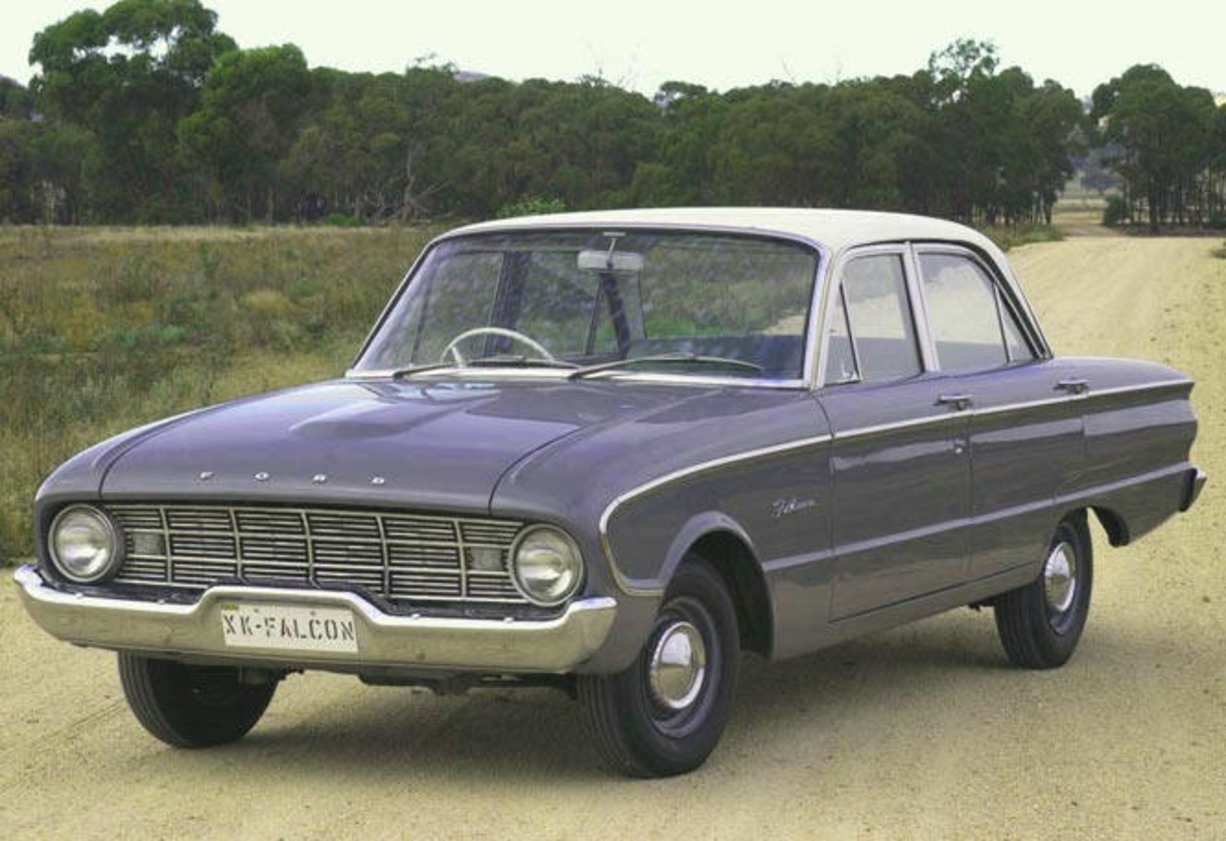
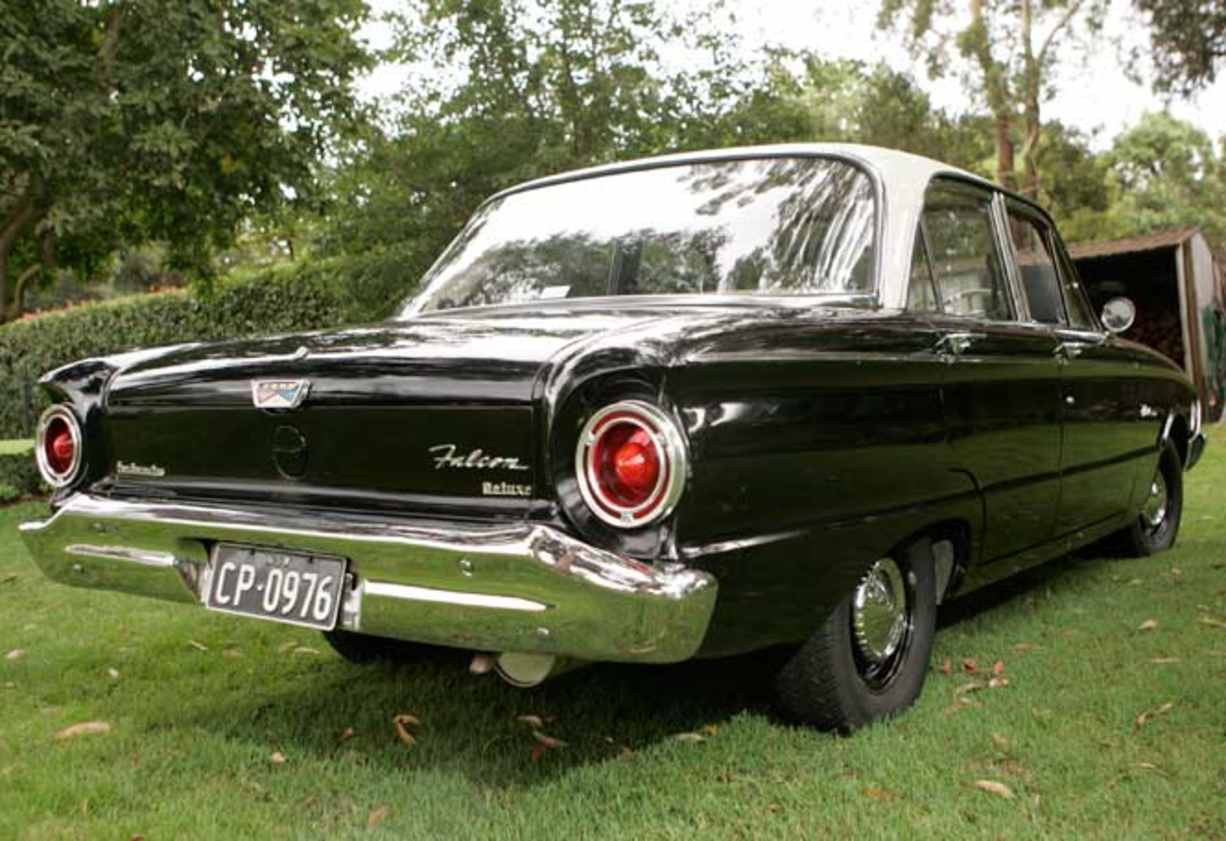
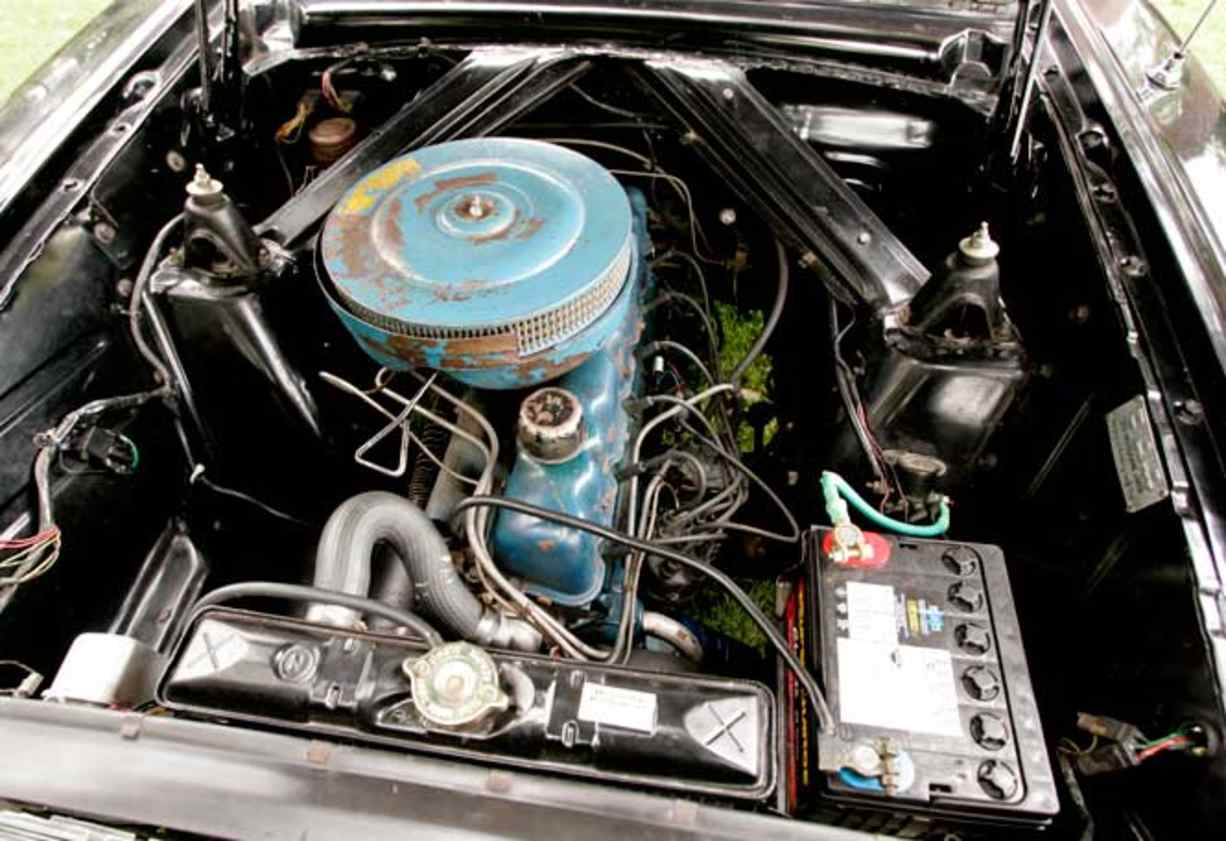
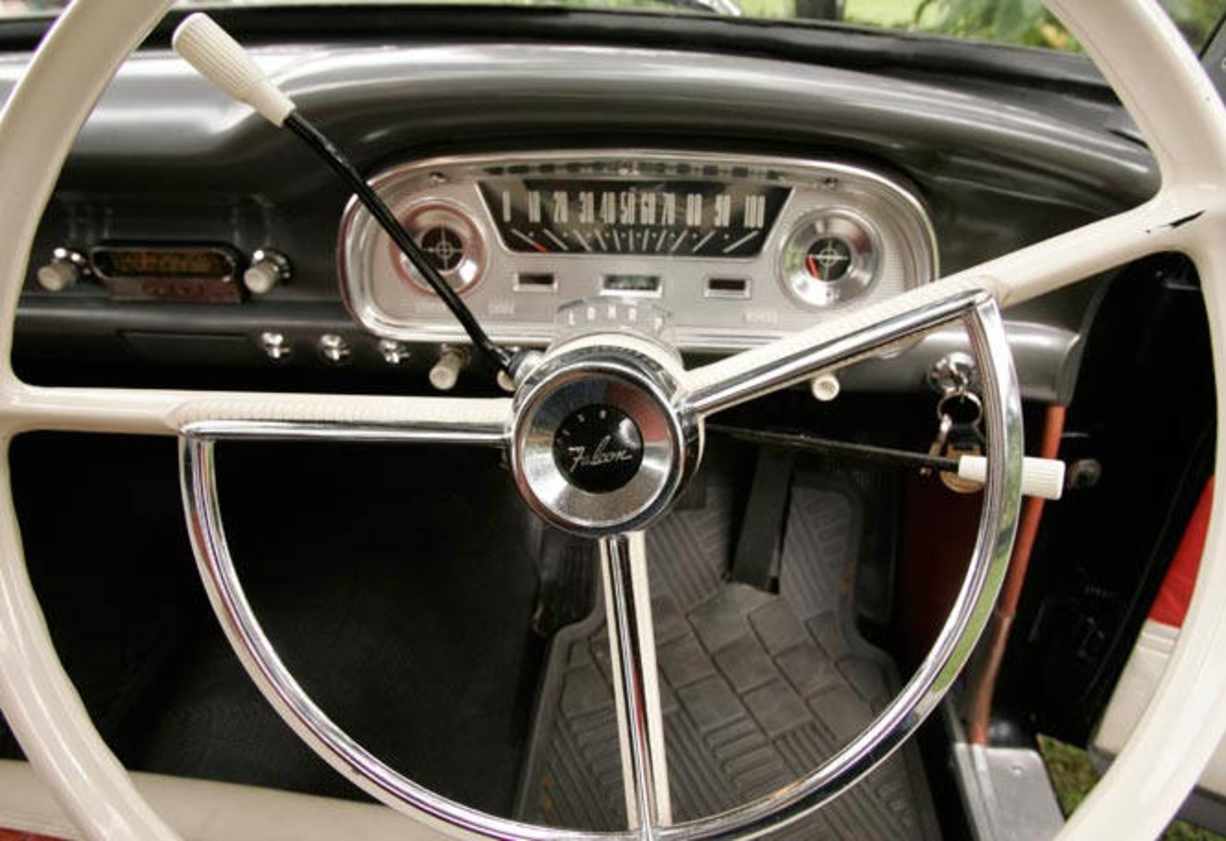
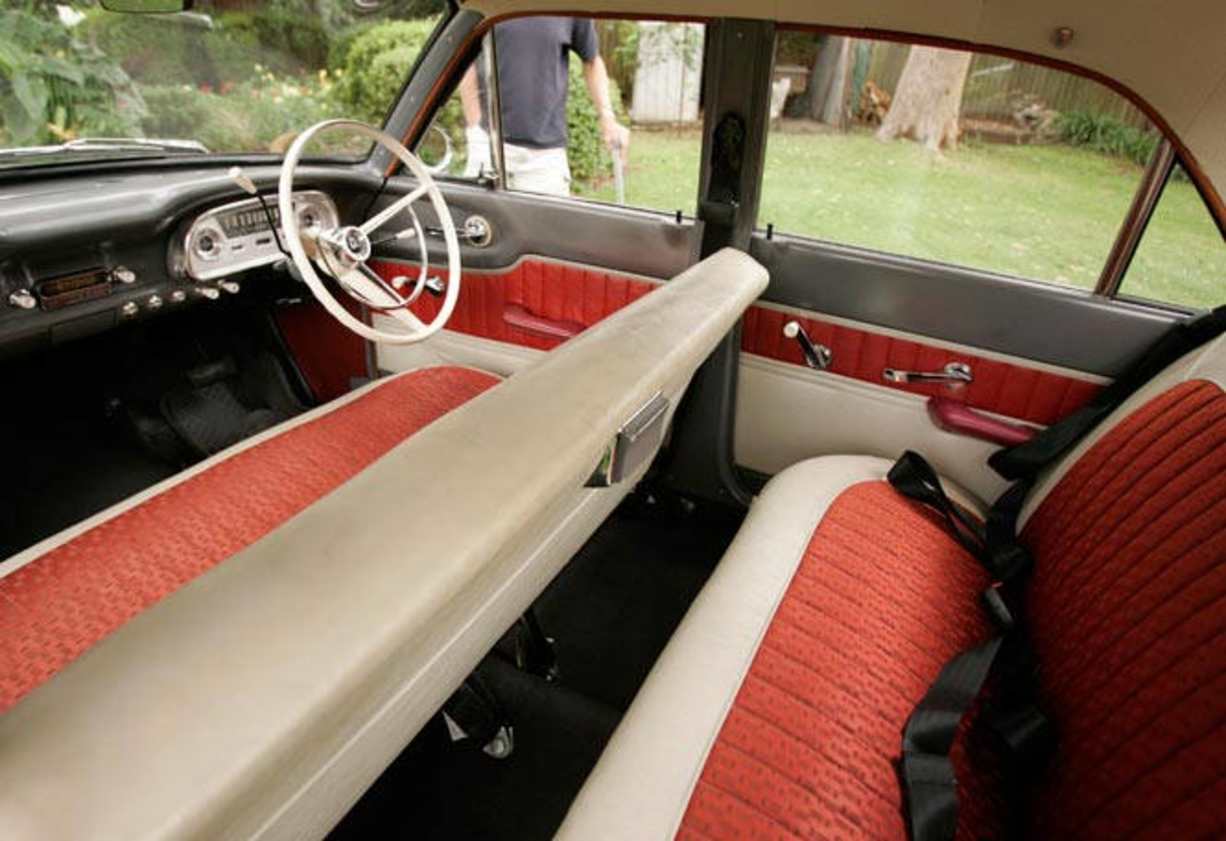







.jpg)

.jpg)
.jpg)
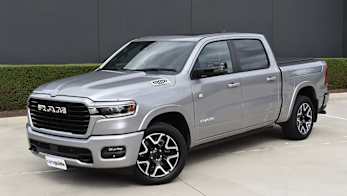
.jpg)
.jpg)